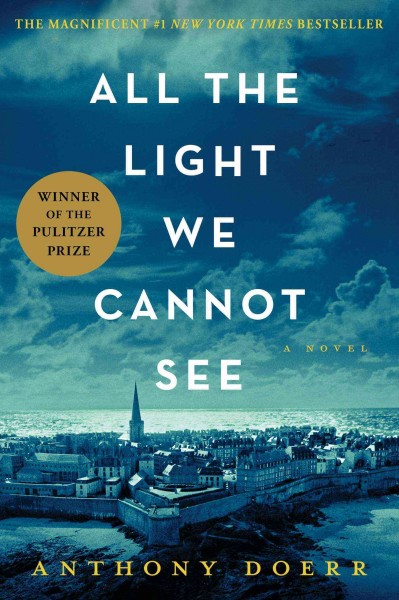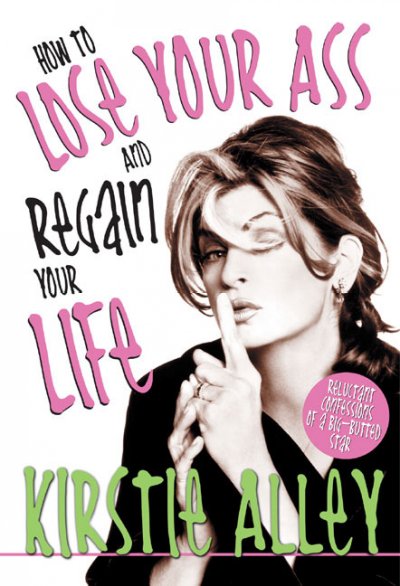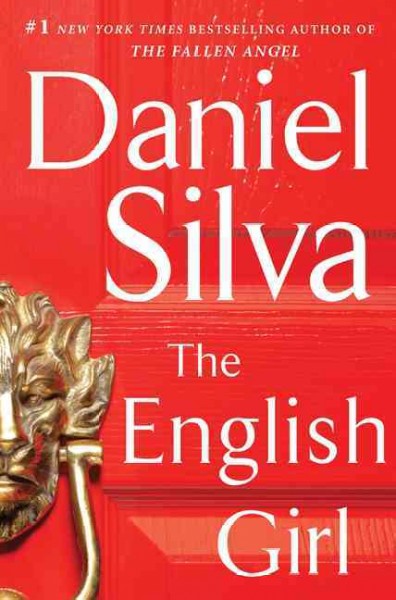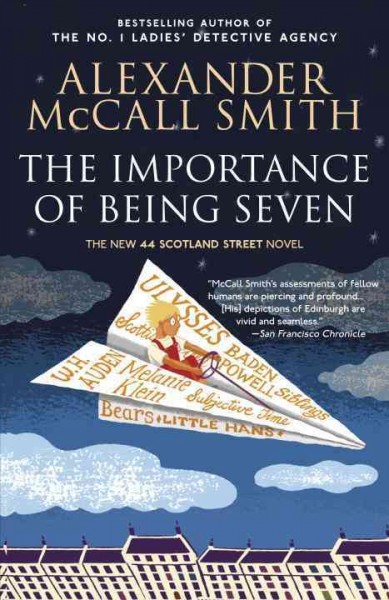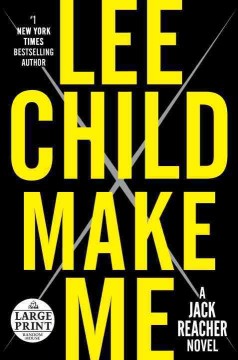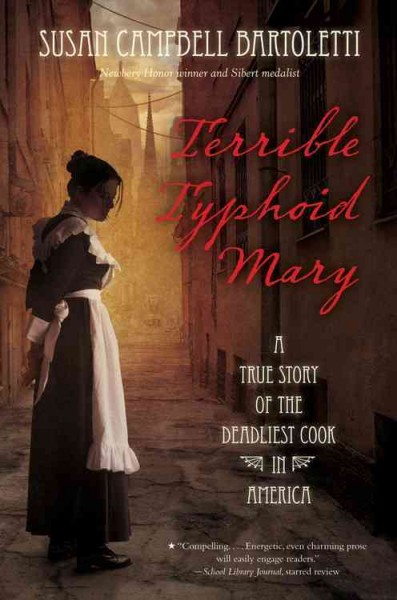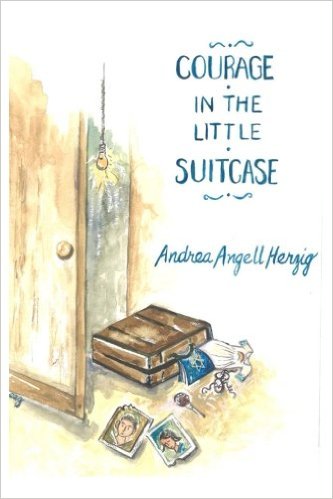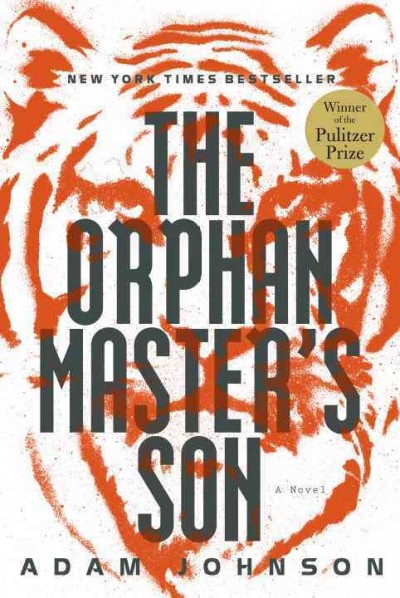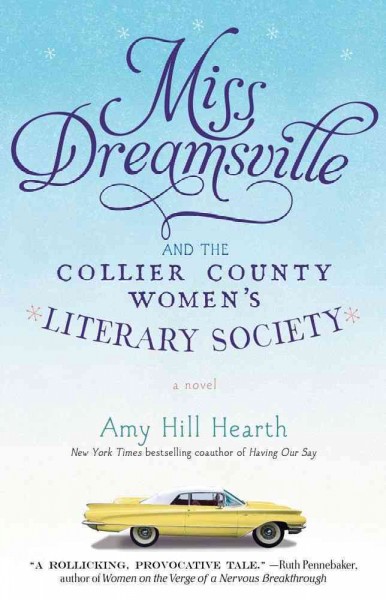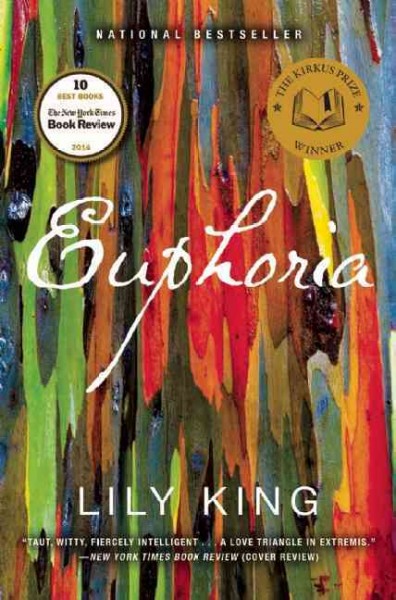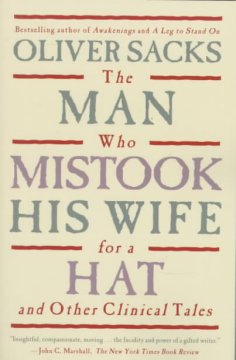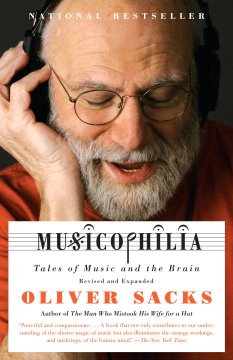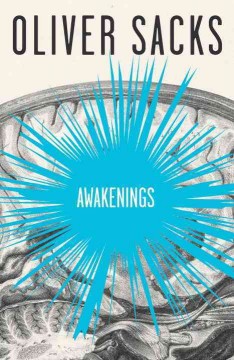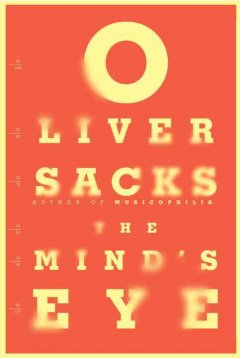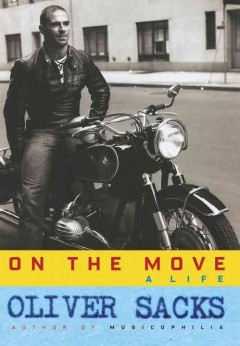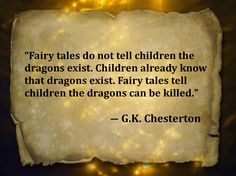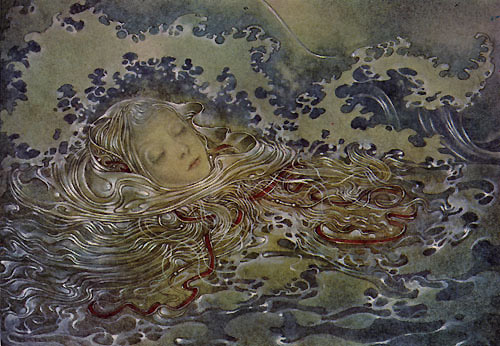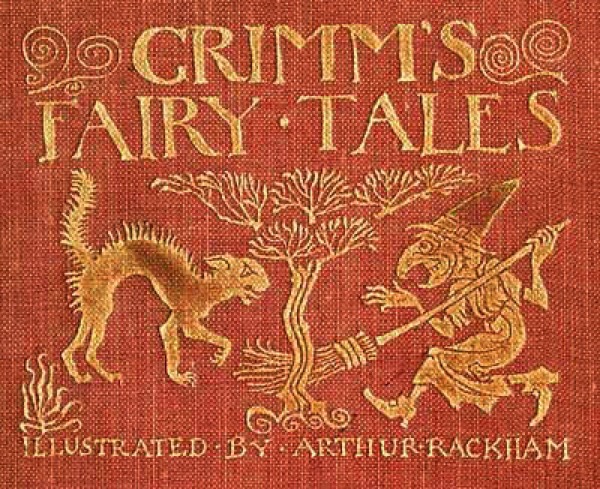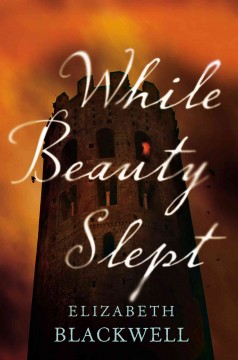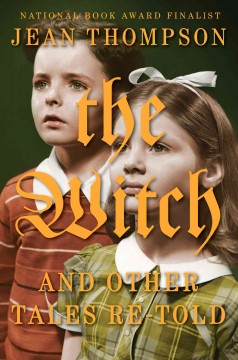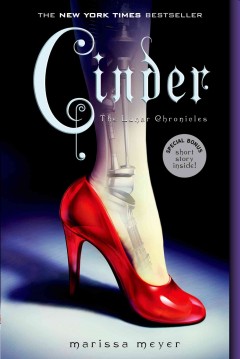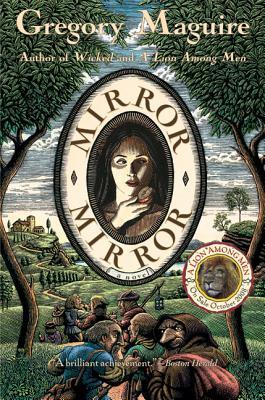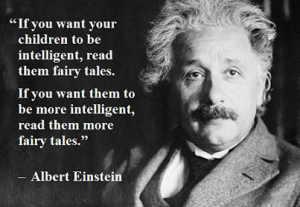Though Labor Day has become known as the unofficial end to the summer vacation season, and a great time to snap up some sales, it’s worth remembering not only the movement, but the men and women who gave meaning to this day–and made life a little easier for a great many of us.

In 1869, the Knights of Labor organized to become the first formal labor organization in the United States, committed to change the face of American capitalism through education and political debate, meaning that they supported workers’ families, their right to have a life outside of work, and to enjoy that free time in comfort and safety. It was the Knights who first suggested the idea of a holiday commemorating and celebrating the working class. They organized a parade to celebrate the achievements of the American workforce–but it would take a number of years and a series of violent, unforgettable clashes before the day became established.
On May 1, 1886, some half a million workers around the country went out on strike in favor of an eight-hour workday. They marched through the streets carrying signs, chanting, and singing songs. Two days later in Chicago, strikers clashed with strikebreakers at the McCormick Harvesting Machine Company. After union leader August Spies called for (and largely achieved) peace among the crowd, the police opened fire, killing at least two workers (other reports would claim six).
Infuriated by the violence, local anarchists organized a rally in favor of the striking workers, to be held the next day at Haymarket Square. Speaking that evening, August Spies is quoted as saying “There seems to prevail the opinion in some quarters that this meeting has been called for the purpose of inaugurating a riot, hence these warlike preparations on the part of so-called ‘law and order.’ However, let me tell you…the object of this meeting is to explain the general situation of the eight-hour movement and to throw light upon various incidents in connection with it.”
Indeed, the meeting itself proceeded peacefully until about 10:30pm, when police marched in formation to Haymarket Square and ordered the workers to disperse. What happened later is difficult to determine; we know that a homemade bomb was thrown from the group of demonstrators toward the police, and the resulting explosion killed Officer Mathias J. Degan and mortally wounding six other officers. We also know that shooting immediately broke out between the protestors and the police, killing seven police officers and four workers were killed; some sixty more police officers were wounded, but no accurate estimate exists as to how many civilians were injured, as many were too frightened to seek medical attention.
 The aftermath of the Haymarket incident engulfed the country. Eight men, including August Spies, were tried for the death of Officer Degan, and sentenced to death in what all contemporary reports decried as one of the largest miscarriages of justice in a generation. As he was standing on the gallows, August Spies called out to the assembled crowd “The time will come when our silence will be more powerful than the voices you strangle today”, realizing that their loss would spark far more outcry than any rally these men could organize.
The aftermath of the Haymarket incident engulfed the country. Eight men, including August Spies, were tried for the death of Officer Degan, and sentenced to death in what all contemporary reports decried as one of the largest miscarriages of justice in a generation. As he was standing on the gallows, August Spies called out to the assembled crowd “The time will come when our silence will be more powerful than the voices you strangle today”, realizing that their loss would spark far more outcry than any rally these men could organize.
On June 26, 1893, Illinois Governor John Peter Altgeld, the governor of Illinois, signed pardons for the three men who had already been executed, calling them victims of “hysteria, packed juries, and a biased judge” and noting that the state “has never discovered who it was that threw the bomb which killed the policeman, and the evidence does not show any connection whatsoever between the defendants and the man who threw it.”
The public, understandably, was furious at the death of these three men, and the division between workers and the government (including the police) continued to rise. Tensions reached a boiling point in 1894, when a general strike against the Pullman Company resulted in the deaths of some thirty strikers and the injuring of over seventy more, when the National Guard was called into to force workers back to their jobs by any means necessary. Terrified that public sentiment would erupt into a nationwide general strike in support of the murdered workers, President Grover Cleveland immediately signed the national holiday known as ‘Labor Day’ into effect. The date was established for the first weekend in September in the hopes of both supporting the Knights of Labor’s original idea, and to separate the day as much as possible from the events in Haymarket and at the Pullman Company.
For those interested in learning more about the labor movement, or some later history of labor in the United States, check out some of these titles:
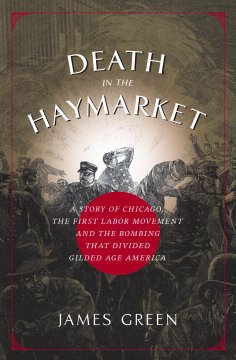 Death in the Haymarket: James Green does an excellent job describing the events at the Haymarket on May 4, 1886, but also puts those events in a much broader context, tying in the international fear over anarchy and communism, as well as the growing class tensions within the United States. He describes the subsequent trials of the eight accused men in minute detail, providing a story that is both educational and exceptionally engrossing.
Death in the Haymarket: James Green does an excellent job describing the events at the Haymarket on May 4, 1886, but also puts those events in a much broader context, tying in the international fear over anarchy and communism, as well as the growing class tensions within the United States. He describes the subsequent trials of the eight accused men in minute detail, providing a story that is both educational and exceptionally engrossing.
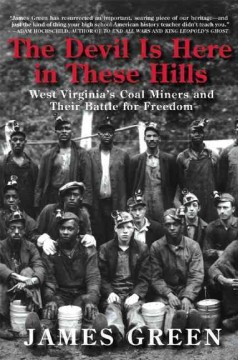 The Devil is Here in These Hills: West Virginia’s Coal Miners and Their Battle for Freedom: Lest we forget that unions and organized labor don’t just work in cities and industry, James Green also brings us the story of the powerful companies that thrived on the coal mined from the hills of rural West Virginia–and on the backs of men whose lives were cut short by the diseases and physical conditions they developed in the mines. Their battle for civil rights and fair labor laws became a national debate that would change the face of the American legal and labor system forever, and Green tells the story in fascinating detail.
The Devil is Here in These Hills: West Virginia’s Coal Miners and Their Battle for Freedom: Lest we forget that unions and organized labor don’t just work in cities and industry, James Green also brings us the story of the powerful companies that thrived on the coal mined from the hills of rural West Virginia–and on the backs of men whose lives were cut short by the diseases and physical conditions they developed in the mines. Their battle for civil rights and fair labor laws became a national debate that would change the face of the American legal and labor system forever, and Green tells the story in fascinating detail.
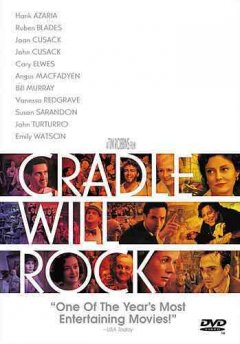 Cradle WIll Rock: This is a sensational film, with a terrific cast, that tells the story of some of the most significant moments in 1930’s labor history in America, including the first performance of Marc Blitzstein’s Cradle Will Rock, the only show ever shut down by the Federal government, partly out of fear that the show would promote ‘Unionism’ at a time when Communist scares were beginning to engulf the country. This is a fun film with a light touch, but a terribly important message, and the exceptionally accurate portrayal of the debut of Cradle Will Rock is simply unforgettable.
Cradle WIll Rock: This is a sensational film, with a terrific cast, that tells the story of some of the most significant moments in 1930’s labor history in America, including the first performance of Marc Blitzstein’s Cradle Will Rock, the only show ever shut down by the Federal government, partly out of fear that the show would promote ‘Unionism’ at a time when Communist scares were beginning to engulf the country. This is a fun film with a light touch, but a terribly important message, and the exceptionally accurate portrayal of the debut of Cradle Will Rock is simply unforgettable.

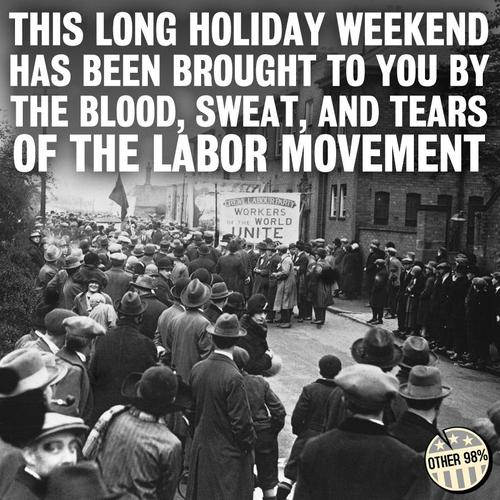
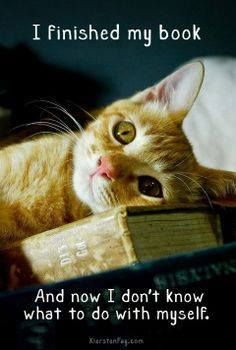
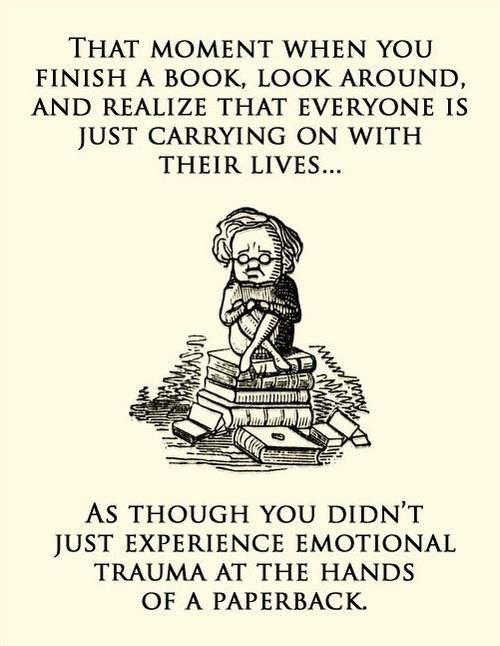

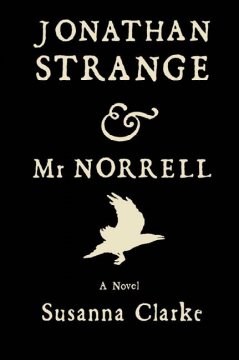
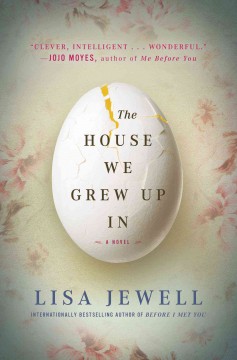
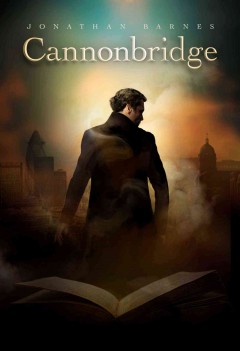
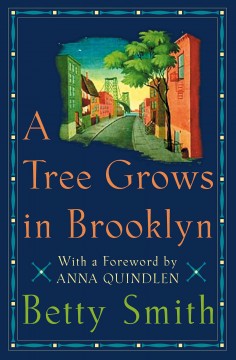


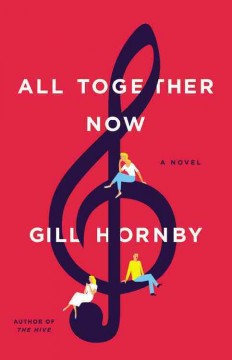

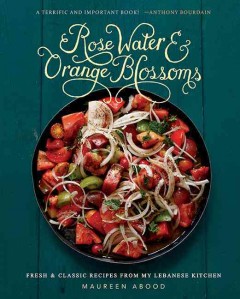
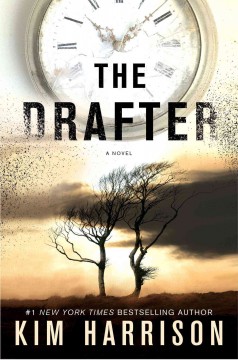
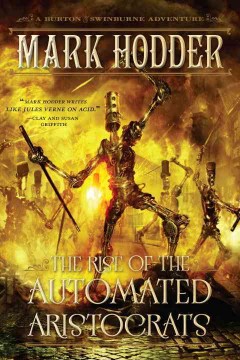





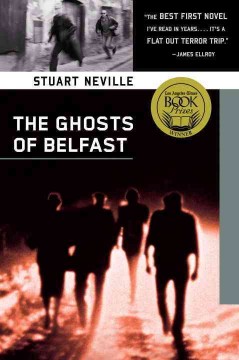


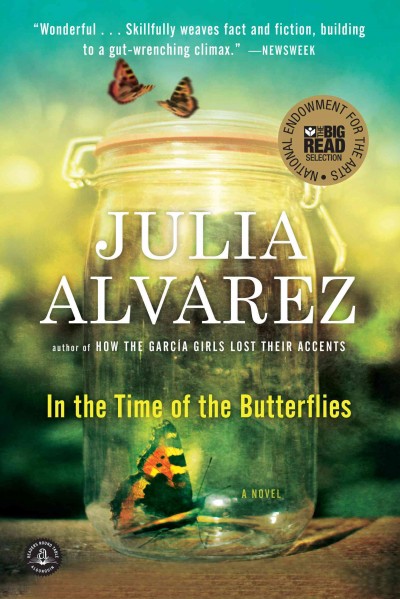
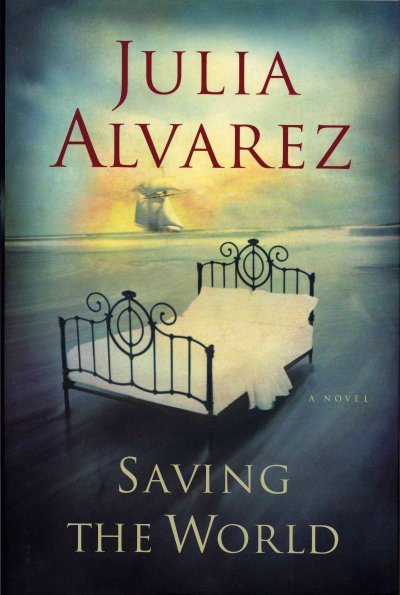
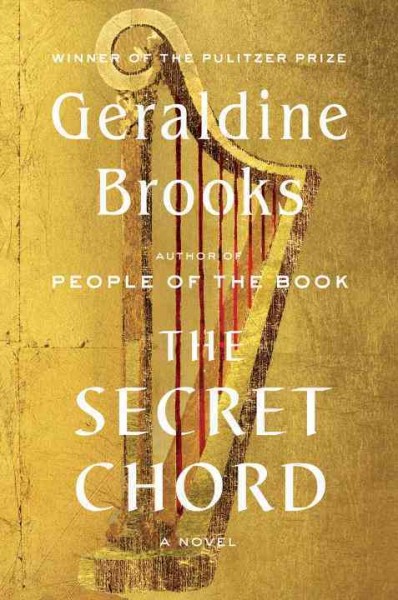
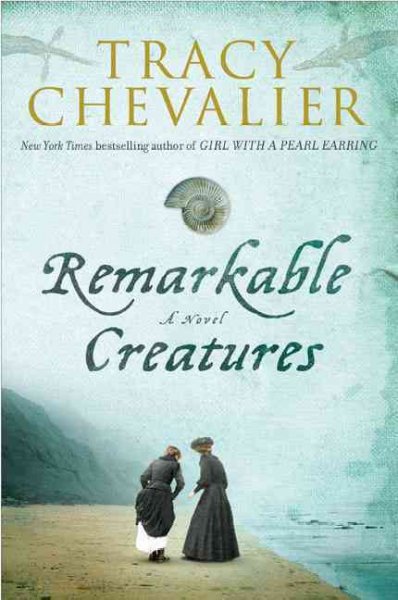
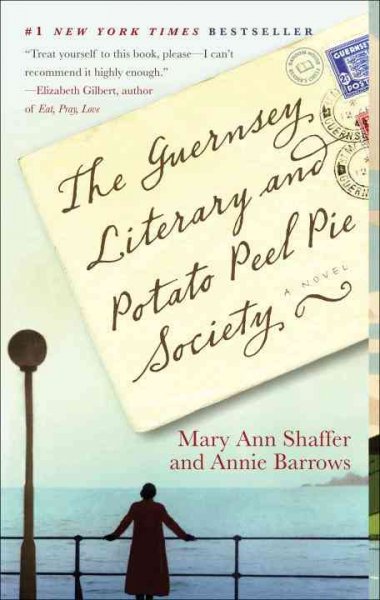 ear universal love continues for
ear universal love continues for 